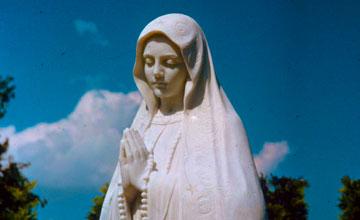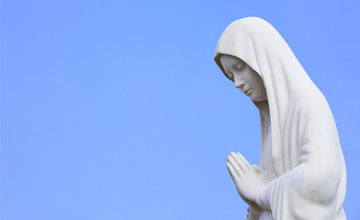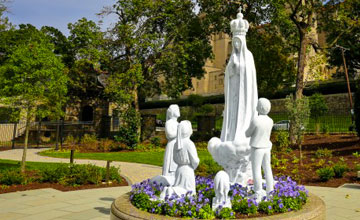





Our Lady of Lourdes first appeared to Saint Bernadette in 1858. She is often shown all in white or in blue, and many have felt her presence and been healed by her.
The National Sanctuary of our Sorrowful Mother, popularly known as The Grotto, is a Catholic outdoor shrine and sanctuary located in the Madison South district of Portland, Oregon, United States.
Welcome to Zieglers – family owned since 1929! Our Catholic store offers religious gifts, church supplies, Catholic books, music, clergy apparel, and more.
Do you need to get a hold of us? Please don't hesitate to contact us! We pride ourselves on customer service and being able to respond to you and your needs in a timely and efficient manner.
Candles play an important role in the Catholic Church. For instance, Catholic candles are lighted on the Altar during mass, for Sacraments, votive candles are lit to accompany our prayers and candles are used to light our Advent wreaths during the Advent season.
Collectible Christian Crucifixes & Crosses. The crucifix is the universal symbol of the Crucifixion, familiar to many around the world. Small and large crucifixes are also handsome accessories and decorative items used frequently within the church and the secular world.
Except the Lord Build the House: Restoring a Sense of Beauty. by Anthony Esolen, appearing in Volume 34. The men who built the cathedral of Our Lady of Chartres did not have diesel engines, or lightweight metals like soft aluminum or firm titanium, or steel girders.
Foot binding. The general consensus is that the roots of foot binding lie in the Sung dynasty (960-1279 AD), although there are numerous folk lore and legends surrounding its actual origin.
Holidays, Festivals & Celebrations ; SAMHAIN. Samhain; from Irish samhain, cf. Scots Gaelic samhainn, Old Irish samain "summer's end", from sam "summer" and fuin "end") is a festival on the end of the harvest season in Gaelic and Brythonic cultures, with aspects of a festival of the dead.
The current Texas State Capitol is the third building to serve that purpose. The second Texas capitol was built in 1853, on the same site as the present capitol in Austin; it was destroyed in the great capitol fire of 1881, but plans had already been made to replace it with a new, much larger structure.